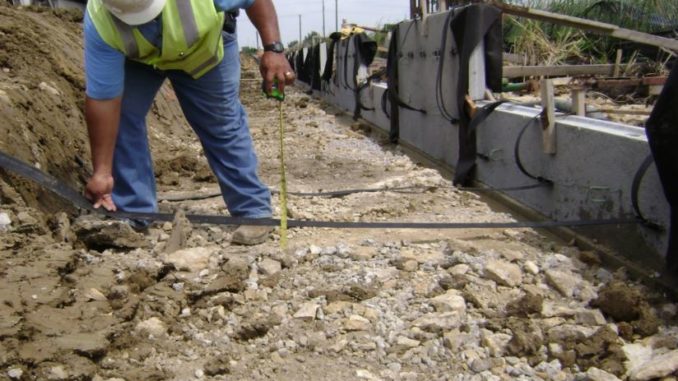
I’m going to start this article out with a question: How has your training been?
Training? What training? Are engineers supposed to train?
When is the last time you’ve been asked that question? Or, have you EVER been asked that question (other than at annual performance review time…?)
That’s OK. I understand.
Unfortunately, it’s an issue in the construction and engineering industry. I’ve written about it before: As an industry, we don’t train enough. Not enough for my liking, anyway….Why is that?
I’ve rallied about it before. Practicing. Preparing. We are bound to our projects, our clients, the problems of the day. There are usually more problems coming at us on a daily basis that we put our preparation regimen to the side. Adding new knowledge comes in the form of On-The-Job exposure, like forced learning through our work. Do we really do a good job at balancing the need for training with the deluge of day-to-day task assignments?
Here’s the deal: If we don’t take it upon ourselves to make training & self-improvement a priority, let’s face it, nobody else will.
So, rather than me get back up on my soapbox and just keep shouting about it, I think it’s a much better use of my time to try to help fix the problem.
Let’s spend some time developing a training plan for ourselves. I’ve already done it. I’d like to share what I do – Maybe you’d like it enough to set-up your own training plan using my method.
Developing a Training Plan
Nothing that I’m about to roll-out to you is earth shattering. We’re engineers and construction professionals. We’re educated. We figured out how we learn best and how to get things done.
But what I can roll-out is a different perspective on training. My premise:
I’m not so much worried about what I’m learning; I’m focused on the repetition of learning.
Here’s the problem I see with our industry: We go to school, we take a pre-established set of classroom courses that are established by academia and the professional accreditation boards who decide what I need to have knowledge in to be a __________ (whatever profession you’re in).
You take the classes. You learn to solve the problems. You pass the tests. You graduate. You enter industry.
Then what? Is there any regimented learning trajectory after that? Maybe if the company you work for has an on-boarding program, or they have an assigned mentor/protégé program established where you receive some guidance, some check-in’s, maybe a quarterly progress report.
Maybe you decide to pursue an advanced degree. Or join a mastermind group. Or sign-up for some on-line or on-site training courses every year. That’s great.
I think for the vast majority of us actively working in industry, we graduate and are thrown into the wilderness to survive on our own. There is no forced leaning program established for us. We move to certain disciplines within the industry. Our areas of focus broaden beyond academia. It’s up to the individual engineer or construction professional to chart his or her own individual course of knowledge acquisition.
So: How many of us actually take the time to map out a training plan for ourselves? Do you know where you are going?
Licenses & PDH’s
Here’s what I think happens to a vast majority of engineers: Many of us need 30 Professional Development Hours (PDH’s) every 2 years to renew your licenses. Many of us who don’t have licenses aren’t required to secure any voluntary training. For license holders in most states, we spend 22 months accruing hours from “Lunch-and-Learn” presentations, we might get to go to an industry conference if our company allows, maybe we take a government agency training class, and then, 2 months before license expiration, it happens.
You realize you have only accrued 17 hours and you’re 13 hours short. You start looking for any online PDH-offering resource that you can find. You scroll through their curriculum and start registering for courses that sound interesting, but they don’t necessarily translate to any sort of pre-planned training roadmap.
Sound familiar?
Don’t hang your head, just smile. It’s happened to all of us.
So how do we fix it? How do we make the on-line courses we take, or the training we do matter? It’s simple – Plan the work, then work the plan.
How have I been doing it?
Let me break it down into 5 implementable steps and show you how I’ve developed my personal training plan.
1. Develop Your Areas of Focus
The first step is the most fun of all the steps. It’s also the hardest. You have to figure out what knowledge you need to be effective.
Your focus areas are going to be different than mine. Different than your co-workers. Different from your supervisors. You determine your trajectory. You get to decide.
You’ve heard me use this analogy before – It’s your toolbox. So:
–What tools are you currently missing?
–What tools do you have that need sharpening or cleaning?
–What tools have fallen to the bottom of the box that you’ve forgotten about but you could be using?
–What tools do your co-workers have that you wish you had? How about your boss’s toolbox?
–What tools do you foresee needing this upcoming season? Or for an upcoming project?
Sit down and write. Just dump your proverbial toolbox out on your bench. Run through the list of questions that I just asked you, and start cataloging things. Organize them into groups that make sense to you.
Here is how I’ve organized my Areas of Focus:
This is my proverbial Toolbox. This is where my energy needs to go. These are the subject matters that I need to be proficient in to be effective in my work.
And this is Level 1 of my “Personal Work Breakdown Structure.” Expanding the branches of the map provide some Next-Level detail of each of the focus areas.
Spend some time doing this for yourself. Enjoy the process.
2. Prepare Your Resources
The next level of developing your training plan is figuring out where your subject matter resources are going to come from.
What comprises your resources? The sky is the limit – Wherever there is information that you want to use to sharpen your saw, add it to the list.
Some ideas:
–Technical manuals
–Textbooks
–On-line training courses or videos
–Manufacturer data
–Agency design guides
–Seminar notes
–Checklists
–Safety data sheets or Tailgate Talk resources
–Hands On Training / Equipment Use
Figure out what you have in your library of resources. Get them organized in some semblance of order that makes sense to you and that you can pull from. And if there are resources you don’t have, figure out what you want and how you can get it.
Here’s a snapshot of how I have my resources assembled in Explorer:
Obviously, the further you drill into the file structure, the more specific the category breakdowns get. And within the file structure are the hundreds of resources, documents & manuals that I have amassed in my library. This is the source much of my reading, studying & training.
3. Determine Your Training Interval
Now it’s time to decide what your training schedule is going to be. Ask yourself:
–What time of the day works best for you to train?
–How long will you train?
–How often will you train?
Here’s my take: Be realistic with yourself. It’s great to chart a course to say that you are going to train everyday for at least an hour. Looks great. Sounds great. But is that you? Will you actually, really, train at that pace?
Chart a course that is doable. Execute that mission set. Try it for a couple of weeks and make adjustments as you go.
I think it is best to have your plan charted somewhere. I’m a pencil & paper person, I have a weekly Battle Plan template that I’ve adopted where I jot down my Areas of Focus for the week. You could put reminders in your phone. You could build yourself a spreadsheet. Whatever works best for your personal style, the key is to take the action and chart the course.
4. Determine Your Selection Method
So how do I pick what I’m going to train on today?
I like to “Train By Feel.”
I don’t have a prescription for what subjects or topics that I select to train in. I don’t want my training to be a militant regimen like I do with my strength training. I keep it loose. I like that.
But that might not work for you. You might want to develop a more-prescriptive plan of attack. Set up your system in a manner that works best for you.
For me, I like to look at my “Areas of Focus” list on Sunday night and drop a few topic items into my upcoming week’s plan. But, my topics aren’t set in stone. We might have a meeting to discuss, say, bridge joint materials on Tuesday: That might make Monday’s training session be a review of joint hardware, or some special provisions, or maybe I might hit a manufacturer’s product demo on YouTube.
Figure out what you think will work best for you and get it set-up. Again, try it for a few weeks and adjust it as you go.
5. Attack Your Training
The end goal of this effort is to dig into the training materials and get your learn on. Hopefully after going through this set-up process and starting to chart a course for yourself, you’ll be fired-up to get after it.
Be aware: It takes discipline to do this. This needs to become a habit:
Training needs to be built into your daily routine.
Training requires forced repetitions. Charting a realistic course for yourself will help, but you really need to want to train.
I try to train every day. My mind. My body. My spirit. But I’d be a liar if I said that I never miss: Sometimes, work, life and other “Need to Do’s” get moved to the front of the line. When that happens, I simply dust-off, re-prioritize what needs to get done the next day and then try to make it happen.
Simple, unmitigated daily discipline.
Tracking Progress
In terms of tracking your progress, you can build whatever type of logging mechanism you like. You can have your plan charted wherever it is most convenient for you and where you’ll use it. But make it a point to build something that establishes your course or action. I think having a consistent reminder is necessary to keep the priority front-and-center as you plan your daily & weekly course of action.
One thing you might want to check into is the article I wrote a while back on Tracking PDH’s for Engineers. You could certainly customize this worksheet and keep track of your work. It might be useful.
After Actions
The goal of this article and this exercise is to get you motivated to want to train.
Athletes train. Military personnel train. Law enforcement officers and firefighters train.
As engineers and construction professionals, it is our responsibility to train. Our crews and the contractors & agencies we work with need us to be functioning at the top of our games. Regular, purpose-driven training keeps us sharp, increases the level of service our team provides and adds value to the projects we work on.
Think about how you’ve trained in the past and chart a course for yourself. Use this article as a starting point.
Once you get you system set-up and you have a couple of weeks under your belt, do me a favor: Check back and leave a comment. I’d really like to get your feedback on how it goes for you – Cheers!!


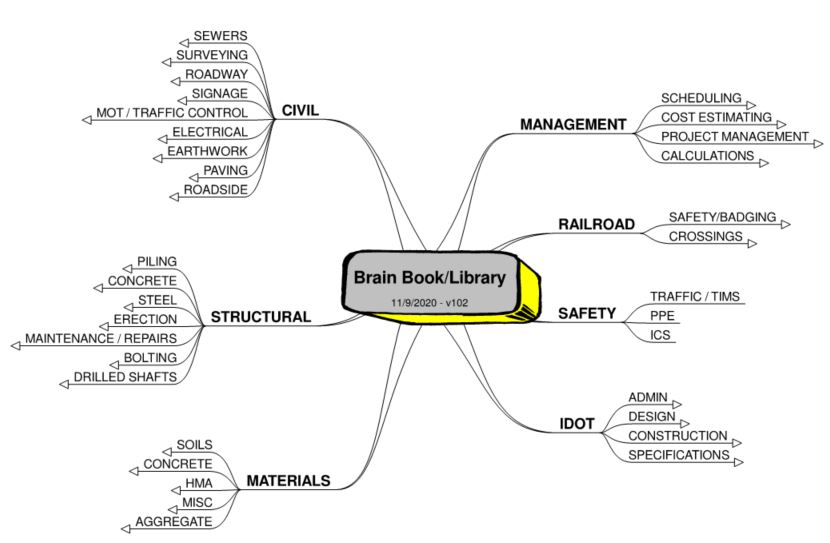
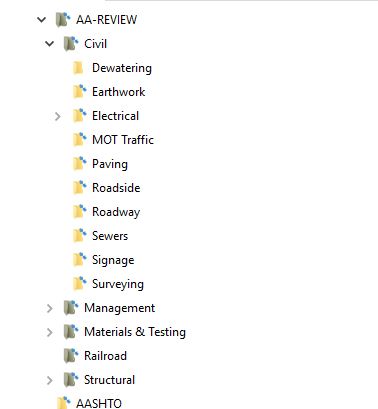
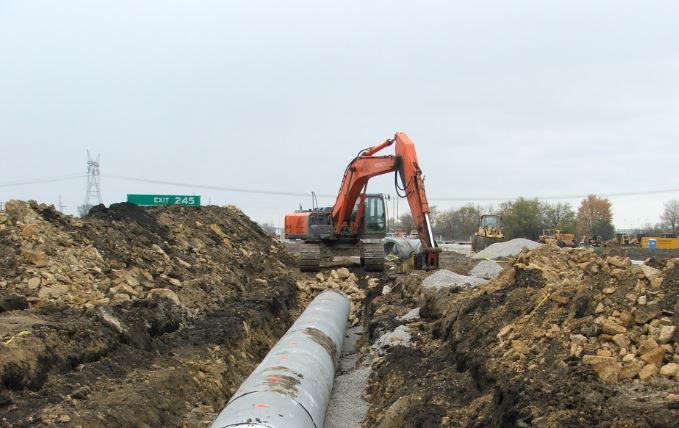
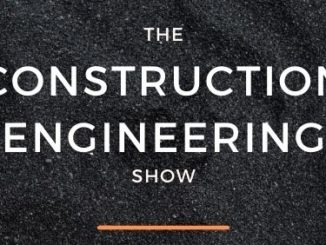


I’m glad I ran into this page. This was a good boot in my rear end. With the new job I took, I have a lot of self-training I need to do and this gave me a good start on how I need to attack it.
Awesome!! Thanks for sharing your thoughts, and GOOD LUCK with your new job!!
Good article – thx